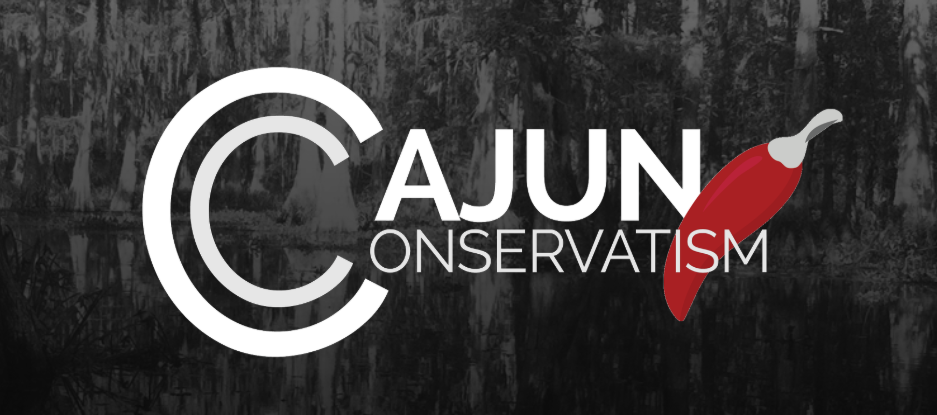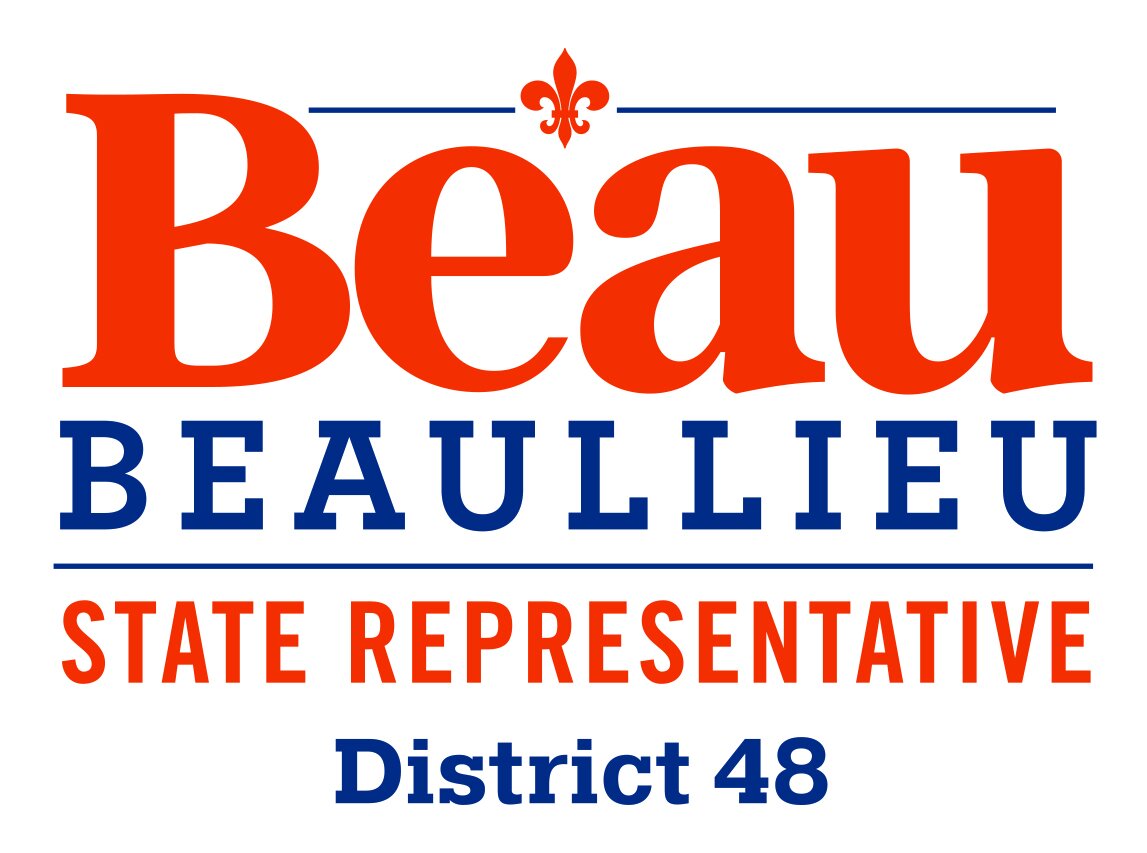Responding to the White House Blame Game
The White House is spinning hard to shift blame for high gasoline prices onto the industry
The repetition of 9,000 unused federal leases/permits is out of context
There are myriad obstacles the administration puts in the way of American producers that have served to favor Russia
Please let me know if you’re experiencing others.
On March 3rd, White House Press Secretary Jen Psaki, in response to a question about increasing domestic oil production, attempted to shift blame to oil companies by citing “9,000 approved oil leases that the oil companies are not tapping into currently.” In subsequent press conferences, she adjusted that to 9,000 permits and went on a Twitter storm to shift blame.
While we may not appreciate the cynical attempt to deny the effects of the president’s own “no federal oil” policies, we appreciate the White House is suddenly messaging to “encourage” us to produce. When my tweet was picked up by a Fox News White House correspondent, it garnered more attention than usual, leading environmental groups to jump in and pound on the 9,000 approved APDs outstanding.
As federal oil and natural gas is a highly complex system and with only 280 characters available in Twitter, I chose a longer format, our Source Rock blog, to provide some insight into the numbers and the “myriad other delays the administration puts in the way of American producers.” Thanks to the behind-the-scenes work of Aaron Johnson, our VP of Public Affairs, the Wall Street Journal editors caught wind of the information.
Here’s a look at the 9,000 numbers. I hope you find it useful for explaining the issue to friends and family who may ask. If I’m missing anything you’re seeing or I’ve misstated the issues, please let me know. These points are being circulated widely, so I want to get them correct.
By the Numbers
First the 9,000 leases. There are about 37,496 leases in effect. Assuming Jenn Psaki’s number on nonproducing leases is correct (FY 2021 data are not yet available from BLM), a 76% lease utilization rate would be a historic high. The FY 2020 number was 13,618 nonproducing leases or a very high 64% lease utilization rate. Given that no new leases were issued in 2021, the percentage is somewhere north of 64%, much higher than the normal 50% rate, as our industry continues to produce more on less federal land. Why aren’t we developing those “9,000 leases”?
Many leases are held up in litigation by environmental groups. Western Energy Alliance is in court defending over 2,200 leases, most of which cannot be developed while those cases wind their way through the courts.
Companies must put together a complete leasehold before moving forward, particularly with the long laterals that can cut across multiple leases. Sometimes a new lease is needed to combine with existing leases to make a full unit. Since the Biden leasing ban remains in effect with no onshore lease sales held since 2020, some leases are held up waiting for new leases or for the government to combine them into a formal unit.
Before allowing development on leases, the government conducts environmental analysis under NEPA (the National Environmental Policy Act), which often takes years to complete. Many leases can be hung up by NEPA or awaiting other government approvals.
Finally, not all leases will be developed because, after conducting exploratory work, companies may determine there are not sufficient quantities of oil and natural gas on them. The country still benefits from the leasing revenue paid on the leases.
Let’s talk permits. There are 4,621 permits to drill awaiting approval. The government could approve these permits now, enabling companies to forward with development. There are also about 9,173 outstanding approved permits, but there are factors that cause companies to wait to drill those wells.
Because of the uncertainty of operating on federal lands, companies must build up a sufficient inventory of permits before rigs can be contracted to ensure the permits stay ahead of the rigs. We drill wells in a matter of days and rigs are very expensive, so it’s a delicate balancing act.
A BLM APD is not the only government approval required. Rights of way (ROW) can take years to acquire before companies can access their leases and put in natural gas gathering systems. With the pressure not to flare from regulators and investors, most companies cannot drill before gathering lines are in place. Timely approvals of ROWs would enable companies to develop sooner.
The administration has worked with anti-oil-and-gas activists to slow pipeline infrastructure. Without pipelines to move the oil and natural gas produced, wells cannot be developed.
Capital must be acquired. Activist investors, encouraged by an administration intent on expanding its financial regulatory powers, have worked to de-bank and de-capitalize the industry. Many companies, particularly the small independents who drill the majority of federal wells, are having difficulty acquiring the credit and capital necessary to develop. By calling off bureaucratic efforts to deny financing to the industry, the president would send a strong signal to the market that investments in oil and natural gas are safe and new production could move forward.
The Biden Administration has embarked on an agenda of regulatory overreach with extensive new regulations in the works. The uncertainty of all the new red tape puts a damper on new investment and development today, especially on federal lands where the burden is highest. Consequently, companies prioritize their nonfederal leases because there’s less regulatory risk.
These are just some of the political and bureaucratic obstacles this administration is engaging in to slow American production. Please let me know what I’m missing or getting wrong. I can’t represent industry without your feedback.
Kathleen Sgamma
President
Western Energy Alliance








